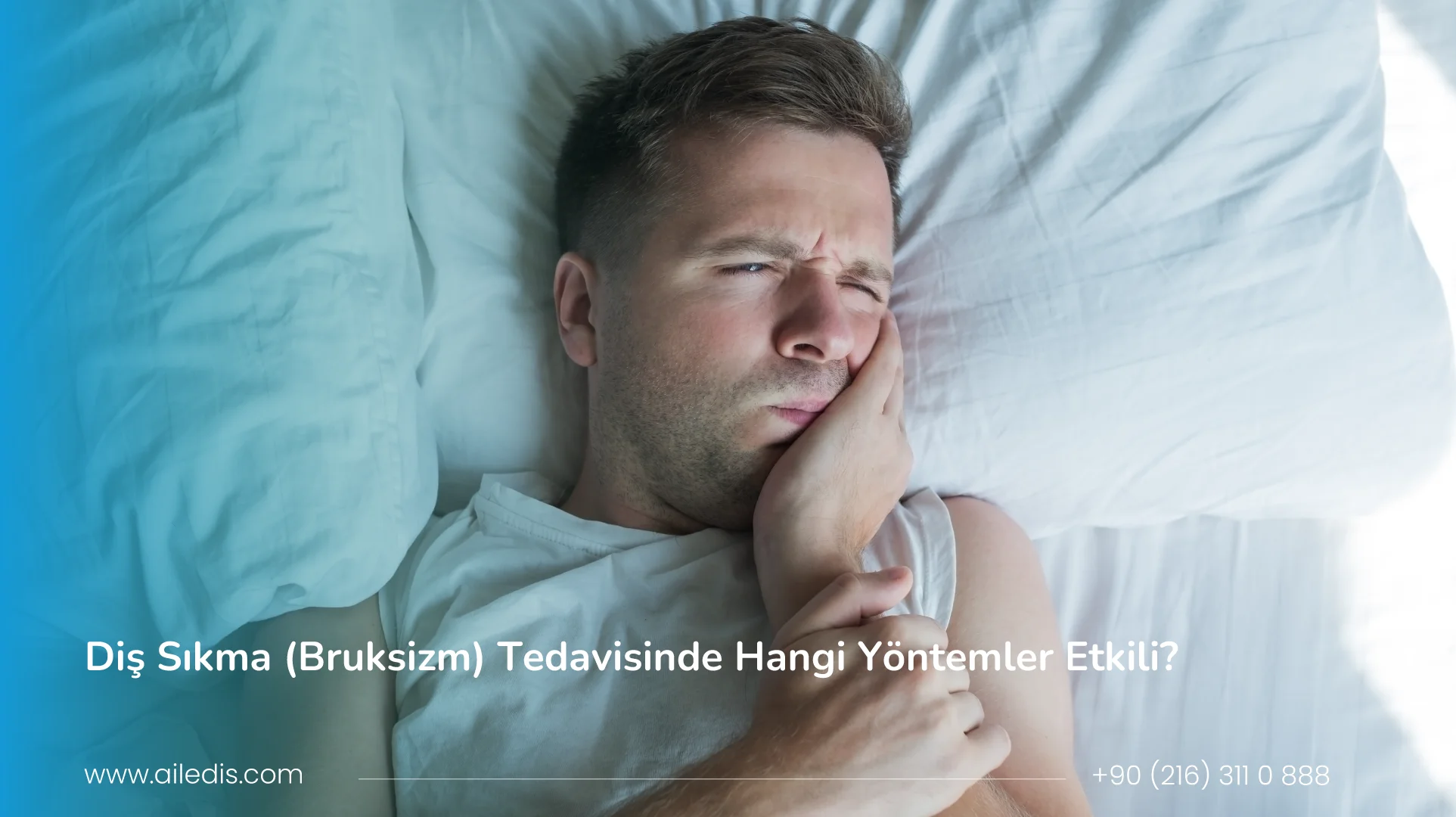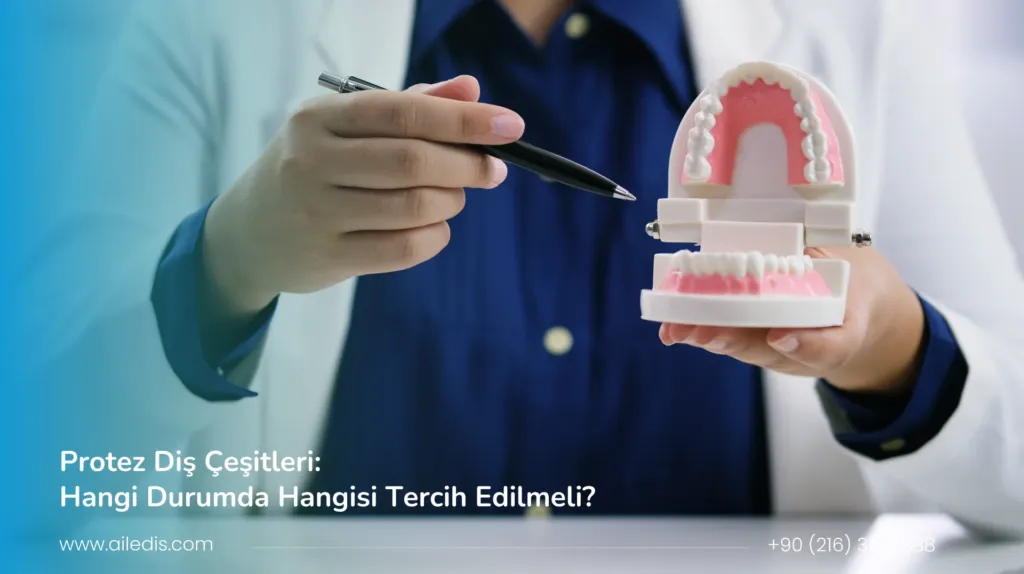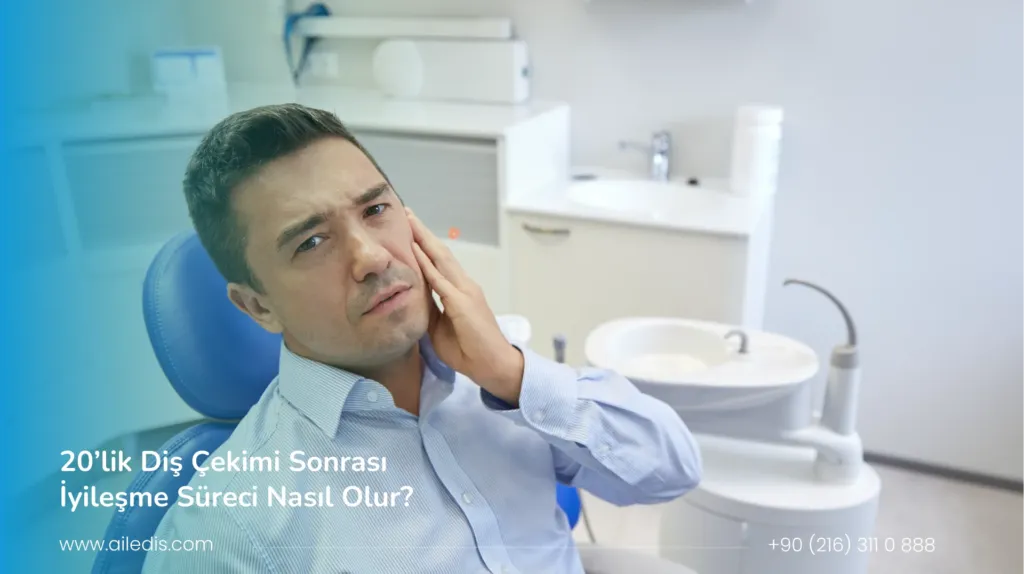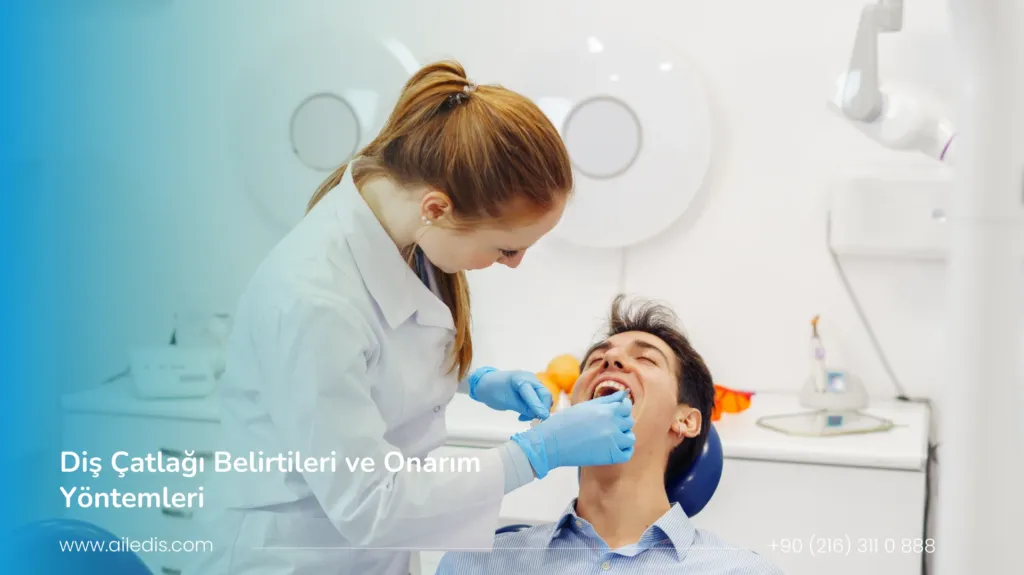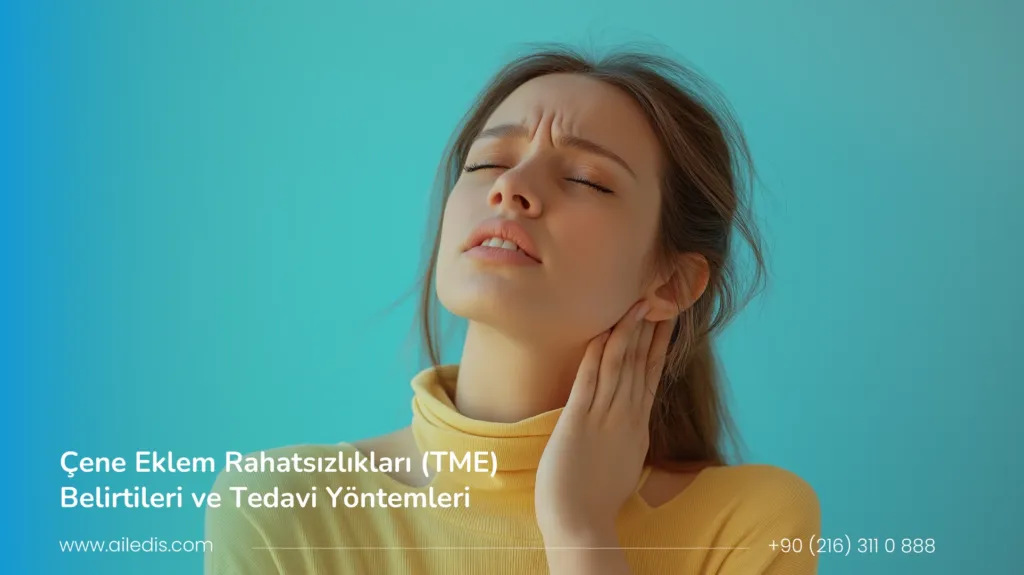Teeth clenching, medical name bruxismIt is a common tooth and jaw condition that many people experience today. Especially stressful living conditions, intense work tempo and sleep disorders cause this problem to increase gradually.
person, When you are asleep at night or in the daytime when you grit your teeth without realizing itSymptoms such as abrasions on the tooth surfaces, pain in the jaw joint and tension in the head area may occur over time.
PRIVATE FAMILY DENTAL CLINIC, takes a comprehensive approach in the treatment of clenching (bruxism) taking into account both physical and psychological factors.
Our expert team creates a personalized treatment plan by evaluating the level of wear in the teeth, the condition of the jaw muscles and stress factors.
In this article, Causes of bruxism clenching treatment, symptoms, diagnostic methods and effective treatment options We will consider in detail.
If you are experiencing complaints such as pain, tension or tooth wear caused by the habit of clenching teeth, Family Dental Clinic You can regain a healthy jaw structure with professional solutions.
What is clenching (bruxism) and why?
Tooth clenching is a condition known as bruxism and is usually characterized by involuntary clenching of teeth day or night. This behavior is mostly associated with stress or anxiety. Under stress, people unwittingly grit their teeth, keeping their jaw muscles tense.
Physical causes of bruxism include chewing habits and sleep disorders. In addition, some drugs and alcohol consumption can also trigger this condition.
If this problem progresses, it can lead to serious problems such as wear on the teeth and discomfort in the jaw joint.
Bruxism symptoms and complaints
Bruxism is the involuntary clenching of teeth. This condition usually occurs during sleep at night. Symptoms include jaw and headache in the morning.
Teeth wear, tenderness or breakage may be seen. In addition, discomfort may be felt during chewing.
Some individuals tend to tighten more during their stressful periods. Tension and fatigue of the jaw are other common complaints of this condition. Symptoms to be considered increase the importance of the treatment process.
Tooth abrasion and jaw pain
Tooth wear is the thinning and damage of the surface of the teeth over time due to bruxism. This situation can cause discomfort in daily life. The shape and structure of the teeth are distorted.
Jaw pain is another common symptom. It occurs as a result of excessive use of chewing muscles. The tension felt in the chin area, especially in the morning, increases with the effect of bruxism.
Over time, these symptoms can become even more severe. Prolonged jaw pains can spread to the head or cause migraine-like headaches. Therefore, the treatment process is important.
Psychological and physiological causes of teeth clenching
Teeth clenching is often associated with stress and anxiety. Psychological factors can cause bruxism by affecting the mood of individuals. Intense work tempo or personal problems can trigger this situation.
Physiologically, the structure of the teeth and the condition of the jaw muscles are great. External factors also play an important role; Conditions such as sleep poor quality or genetic predisposition can increase bruxism.
Sometimes incorrect closing or tooth alignment disorders can also deepen the problem. Therefore, it is necessary to make a comprehensive evaluation.
Diagnosis of clenching: examination and, if necessary, imaging methods
The diagnosis of clenching (bruxism) is usually dental examination is placed with. The physician evaluates the jaw muscles and the condition of the teeth and determines the abrasions, cracks or surface defects caused by clenching. Complaints such as pain, tension in the head area or morning jaw fatigue also play an important role in the diagnosis.
PRIVATE FAMILY DENTAL CLINICIn this process, he makes a detailed evaluation with both clinical and necessary radiographic examinations. The jaw joint structure is analyzed and possible abnormalities are detected by x-ray or digital imaging methods.
| Diagnostic Method | Goal | Explanation |
| clinical examination | The condition of the tooth and jaw muscles is examined. | Wearing, cracks, muscle tension are evaluated. |
| Radiographic imaging (X-ray) | The jaw joint and tooth roots are checked. | Hidden structural defects are detected. |
| Sleep Test (Polysomnography) | Tooth clenching behavior is recorded during sleep. | Severity and frequency are measured. |
These steps ensure that the correct diagnosis is made and a personalized treatment plan is created.
Tooth and jaw joint evaluation
The most obvious effects of clenching habits are abrasions on the tooth surface and tension in the jaw muscles. The dentist evaluates the suspicion of bruxism by observing these symptoms.
A detailed examination is performed if there is pain, clicking sound or restriction of movement in the jaw joint during the examination. If necessary X-ray or 3D tomography joint structure is displayed. These examinations help to accurately diagnose muscle and joint-related problems.
Detection of clenching during sleep
Tooth clenching during sleep usually occurs unnoticed. This situation is often Partner observations or sleep lab testsis detected with. Feeling teeth grinding during the night or feeling of jaw pain in the morning are typical symptoms of bruxism.
The dentist also evaluates the severity of teeth clenching by looking at the wear pattern on the teeth. In some cases Sleep Test (Polysomnography) By applying, the activity of the chewing muscles is recorded overnight. This test increases the accuracy of the diagnosis.
Night plaque (splint) treatment for teeth clenching
Night plaque (splint)It is the most widely used method in the treatment of teeth clenching. This specially prepared apparatus is placed between the teeth, preventing friction and relaxing the jaw muscles.
The night plaque both prevents the wear of the teeth and reduces the pressure on the jaw joint. The physician determines the duration of use of the plaque and the frequency of care according to the patient’s condition.
Night plaque treatment usually takes between 6 months and 1 year. When used regularly, jaw pains are reduced in the morning, muscle tension decreases and tooth surfaces are protected.
Night record usage time and maintenance
Regular care is required to maintain the effectiveness of the plaque. It should be used every night, after removing in the morning It should be gently cleaned with warm water and soap. Toothpaste should not be used because it can erode its surface.
The following care recommendations should be observed:
- Wash the plaque every morning and leave it open to dry.
- Disinfect with special cleaning tablets once a week.
- Contact your dentist if you notice damage, cracks or loosening.
These steps prolong the life of the device and maintain the effectiveness of the treatment.
NIGHT PLATE ADVANTAGES AND EFFECTS
Regular use of night plaque Can eliminate most of the problems caused by clenching.
The main advantages are:
- It prevents the wear and breakage of teeth.
- It relaxes the jaw muscles, reduces morning pain.
- Improves sleep quality.
- It prevents jaw joint (TME) damage in the long run.
These benefits provide both physical and psychological relief, especially in patients with stress-induced bruxism.
In which cases night record is not enough?
Although night plaque is an effective solution for most patients, in some cases it is not enough. If in the patient severe tooth wear, , jaw joint deformation or Intense muscle spasms Additional treatments may be required.
In these cases, the clenching behavior Psychological and neuromuscular causes should also be investigated. In bruxism caused by stress or anxiety, with night plaque Psychological support, relaxation therapies or physiotherapy applicable
PRIVATE FAMILY DENTAL CLINIC Experts offer permanent solutions with a multidisciplinary treatment approach (dentist, physiotherapist, psychologist cooperation) when necessary.
Botox application for clenching (bruxism)
Botox application stands out as an effective method in the treatment of clenching (bruxism). Botulinum toxin relaxes the chewing muscles, reducing excessive strength. In this way, wear and jaw pains in the teeth are minimized.
The advantage of botox is that it provides rapid relief. The application usually takes a short time and does not require anesthesia. Patients can immediately return to their daily activities.
However, the duration of botox is limited; It usually needs to be repeated every 3-6 months. After the evaluation made with a specialist physician, the most appropriate treatment plan should be determined.
Behavioral and physiotherapy approaches in clenching teeth
Teeth clenching can be treated with behavioral approaches. It is important to consciously relax the jaw muscles and reduce tension. Such techniques are especially effective during periods of stress.
Physiotherapy plays an important role in coping with bruxism. Experts recommend exercises for the jaw muscles. These exercises help strengthen muscles and increase their flexibility.
It is also useful to change daily habits. Creating regular sleeping hours and relying on relaxation methods can reduce teething. Thus, support is provided both physically and psychologically.
Teething treatment with jaw exercises
Jaw exercises stand out as an effective method in reducing the problem of clenching. These exercises relax the jaw muscles and reduce stress. Making these movements by taking a few minutes a day provides relief in the long run.
When you grit your teeth, the muscles are stretched. You can regularly do on-off movements to stretch the muscles. It will also be useful to massage the sides of the chin.
In addition to exercises, techniques such as deep breathing and meditation can also help. These applications, which support both mental and physical health, constitute an important step in the treatment of bruxism.
The effect of physiotherapy on bruxism
Physiotherapy plays an important role in the treatment of bruxism. Expert physiotherapists recommend special exercises that strengthen the jaw muscles and relieve pain by relaxing them. In this way, the effects of clenching habits can be alleviated.
In addition, manual therapy techniques provided by physiotherapy can also reduce muscle tension. Thus, the pressure on the jaw joint is reduced and relief is provided.
Regularly applied physical therapies contribute to controlling the symptoms of bruxism by reducing the overall stress level of the individual. They are effective in combination with stress management and can help achieve permanent results.
Changing daily habits
Daily habits play a major role in the treatment of clenching (bruxism). First of all, you can add relaxing activities such as meditation or deep breathing exercises to reduce your stress level. Such practices support your mental health.
It is also important to change chewing habits. You can help your chin rest by choosing healthy and healthy foods instead of chewing gum.
Finally, it will be useful to review your sleep patterns. Reducing the use of screens before going to bed and creating a calm environment provides a better quality sleep. Quality sleep can also reduce bruxism.
The role of stress management and sleep hygiene on clenching
Stress has a significant impact on bruxism. During periods of intense stress, people unconsciously clench or grind their teeth. This can cause pain and discomfort by forcing the jaw muscles.
Sleep hygiene is also one of the factors that affect bruxism. Creating regular sleeping habits facilitates the transition to deep sleep. Thus, the probability of clenching during the night can be reduced.
Regular exercise and practicing relaxation techniques also help manage stress. Relaxing your mind with activities such as meditation or yoga helps you overcome this problem.
The effect of stress on bruxism
Stress has a significant impact on bruxism. When people are under intense stress, their bodies react to this condition and clenching behavior may occur.
As the psychological pressures, anxiety and tension levels increase, the jaw muscles become inevitable. This can happen during sleep or during the daytime without realizing it.
The problem of clenching teeth creates discomfort over time and threatens oral health. Managing stress stands out as a critical step in reducing the effects of bruxism.
The importance of sleep patterns and position
Sleep patterns are an important factor in the treatment of bruxism. Regular sleeping hours allow the body to rest and lower stress levels. Developing a good sleep habit can reduce the problem of clenching.
Also, the sleeping position can also increase the effect of bruxism. Lying on your back will help relax the jaw muscles, while lying on your side can cause these muscles to stretch. Therefore, it is important to sleep in the right position.
The bedroom environment should also be taken into account. Providing a comfortable pillow and a suitable temperature environment improves the quality of sleep. Thus, the risk of clenching is reduced and a more peaceful night is spent.
Tooth clenching treatment plan and follow-up process in Private Family Dental
In Private Family Tooth, the clenching treatment plan is specially prepared according to the needs of each individual. The specialist dentist determines the most appropriate methods according to the patient’s condition and symptoms. This process begins with a thorough examination.
Post-treatment monitoring is also very important. Patients are provided with regular controls. Thus, the effectiveness of the treatment is evaluated and changes can be made when necessary.
Getting feedback also plays a critical role in this process. Patients should express their opinions about the treatment applied; This information is guiding in the future health management.
Specialist dentist control
Specialist dentist control, is an essential part of the treatment of bruxism. Experts evaluating your teeth and jaw joint conduct detailed examinations to determine the severity of the problem. During this examination, the condition of the wear and jaw muscles in the teeth is observed.
Dentists also evaluate the patient’s habits. Factors such as stress levels and sleep patterns in daily life can affect bruxism. Therefore, it is important to adopt an approach based on individual characteristics.
Thanks to expert controls, the most appropriate treatment plan is created. While the progress in the treatment process is followed, intervention is provided when necessary.
Post-treatment monitoring and feedback
Teeth clenching treatment is a critical step to improve the quality of life of individuals. It is important to carry out regular checks after the treatment process. The specialist dentist evaluates the results of the treatment and provides the necessary feedback.
Post-treatment monitoringIt is also useful in preventing the re-emergence of bruxism. Being in contact with the physician is necessary to understand the effectiveness of the methods used. In this process, the changes felt by the patients should also be taken into account and additional intervention plans should be created when necessary.
Success in the treatment of bruxism is achieved with constant follow-up. It is important to get support from both physical and psychological aspects to get to the root of the problem.
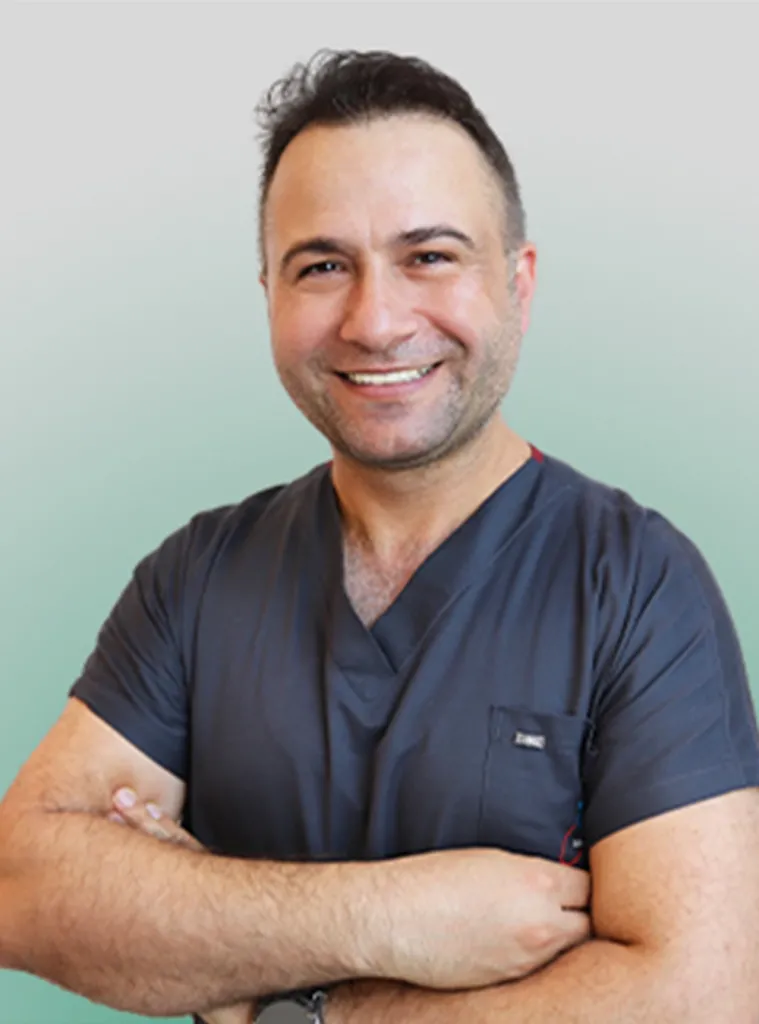
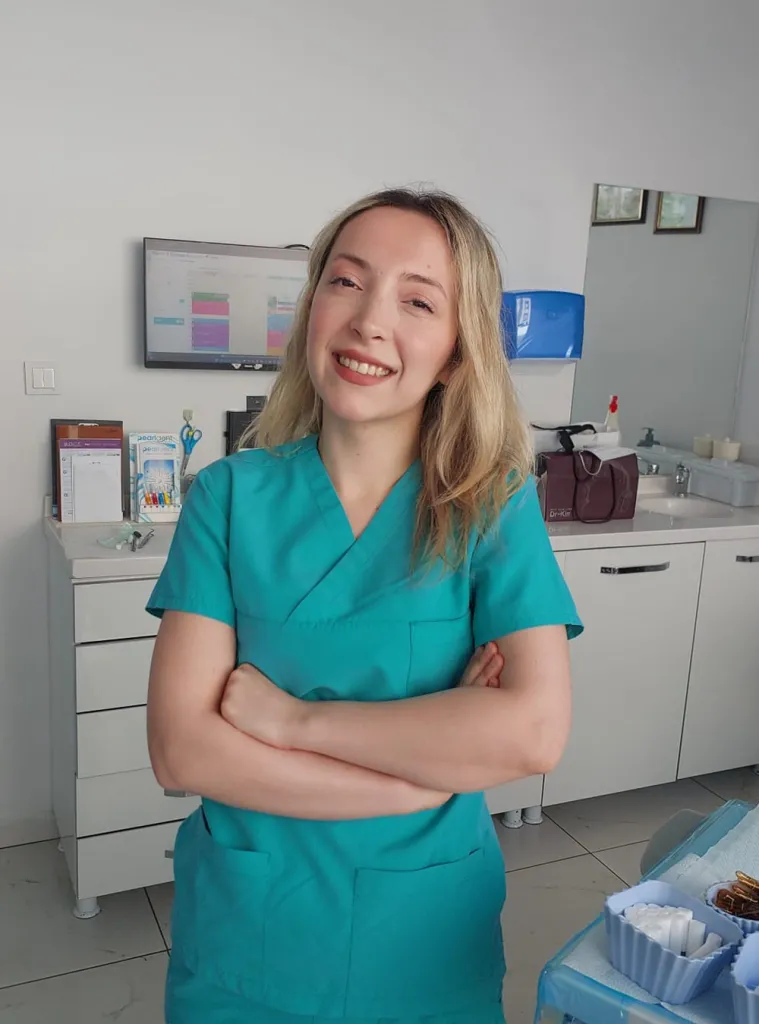
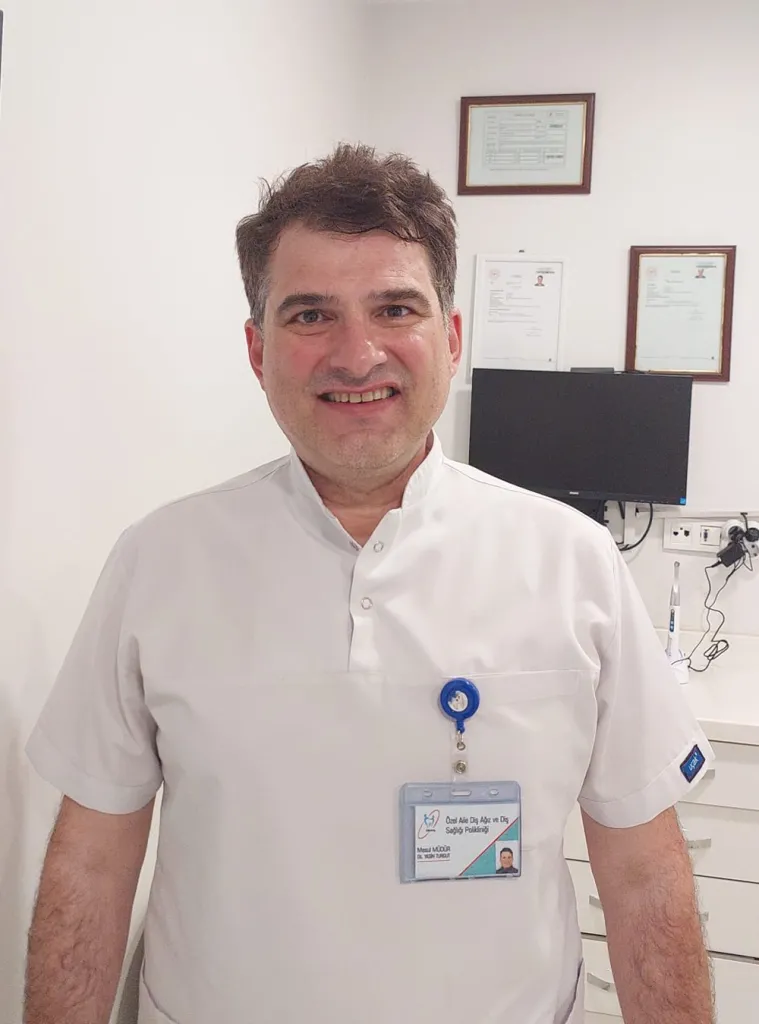
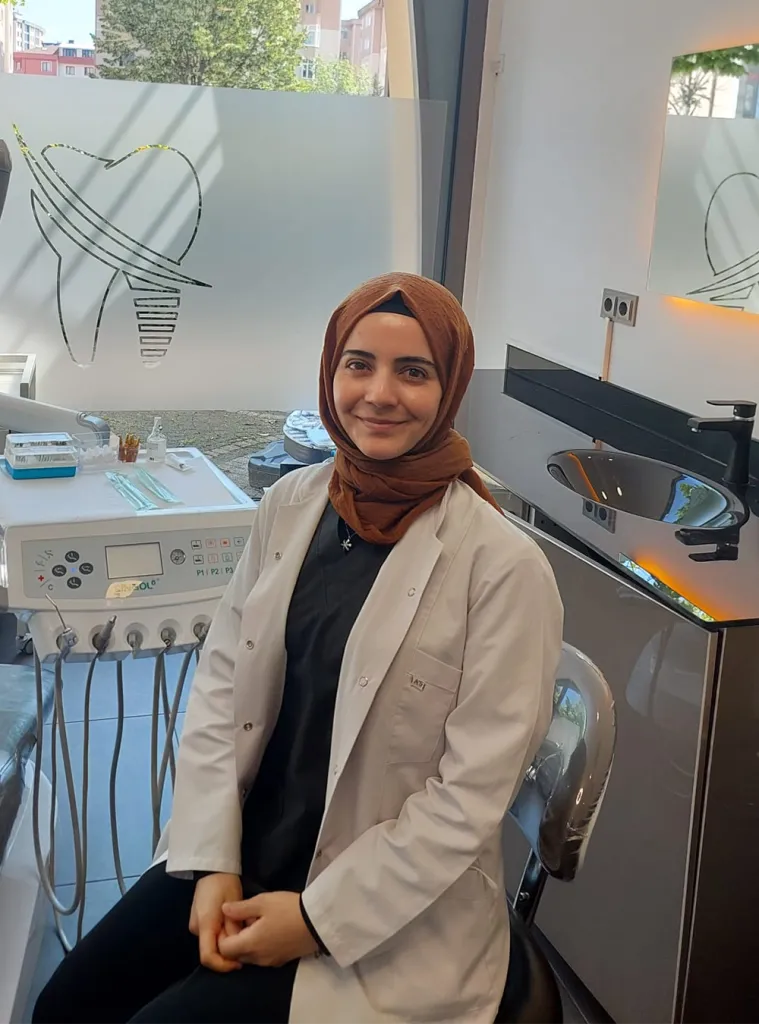
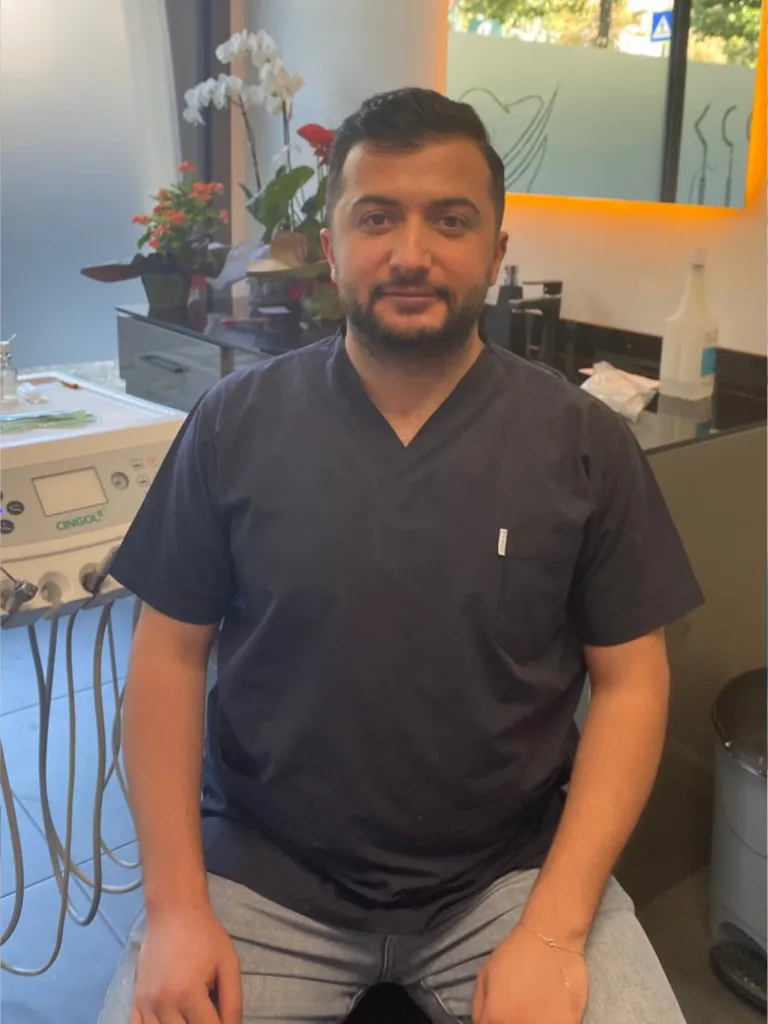
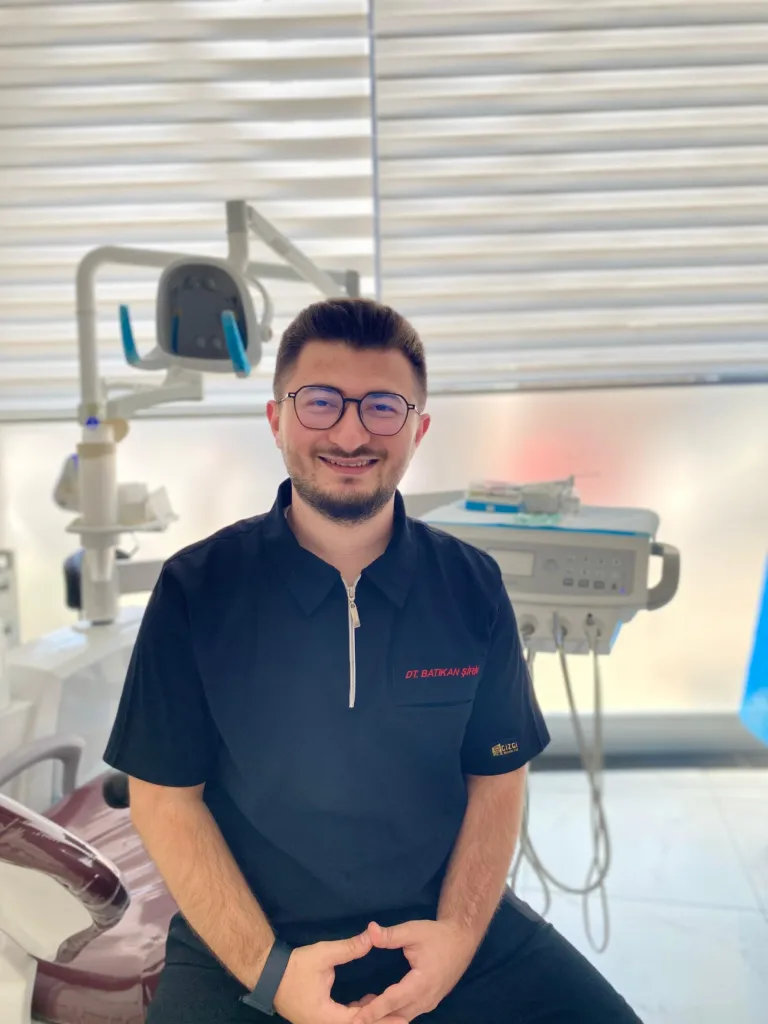
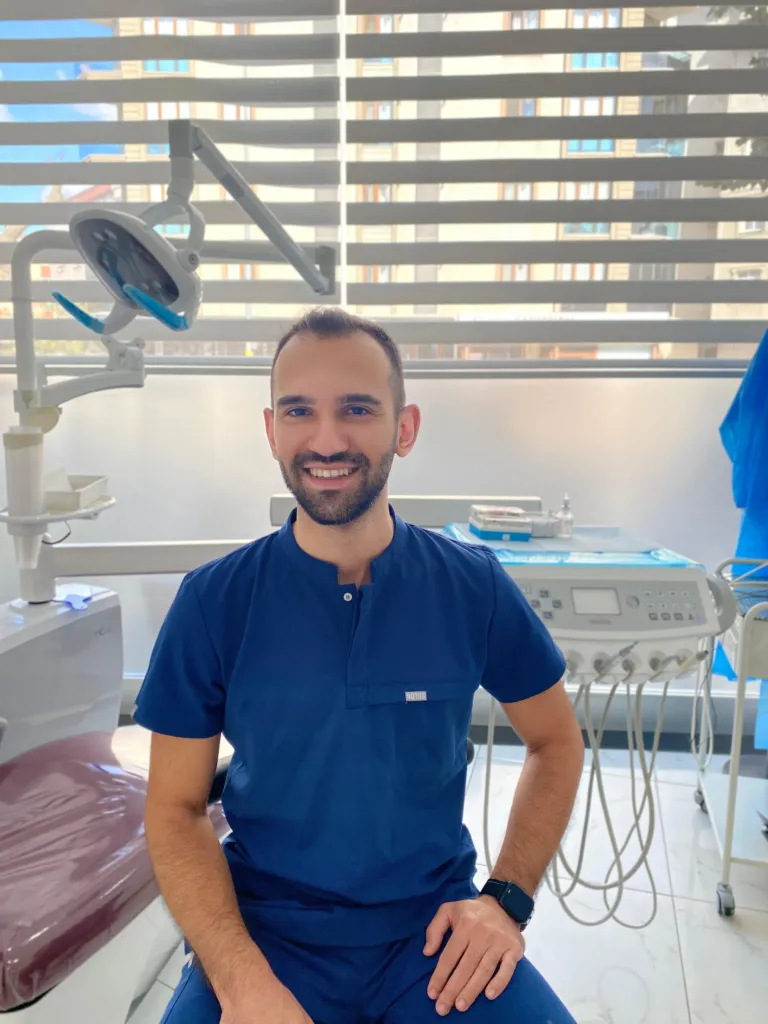
Frequently Asked Questions
How long should the night guard be worn?
The night guard is typically used regularly for 3 to 6 months. However, depending on the severity of teeth grinding, this period may be extended by the dentist. The duration of use is determined through regular check-ups.
Is Botox safe for bruxism?
Yes, Botox is a safe and effective method for reducing muscle pain caused by teeth grinding. By preventing excessive muscle contraction, it reduces both pain and tooth wear.
Is teeth grinding related to stress?
Yes, stress is one of the most common causes of bruxism. Teeth grinding during sleep, especially at night, often increases during periods of intense stress.
Does physical therapy help with bruxism?
Yes, physical therapy exercises aimed at relaxing the jaw muscles alleviate the symptoms of bruxism. They are quite beneficial when performed under a doctor’s supervision.
How long does bruxism treatment take?
The duration of treatment varies depending on the patient. While mild cases may improve within a few months, advanced cases may require regular follow-up.
Does teeth grinding cause tooth wear?
Yes, constant clenching can cause enamel wear, shortening of the teeth, and sensitivity to hot and cold.
Does teeth grinding cause head and neck pain?
Yes, overworking the jaw muscles can cause pain in the neck, head, and even around the ears.
Does bruxism go away completely?
Stress management, night guards, and Botox treatment if necessary can largely control it. However, if the cause does not disappear, it may recur.


